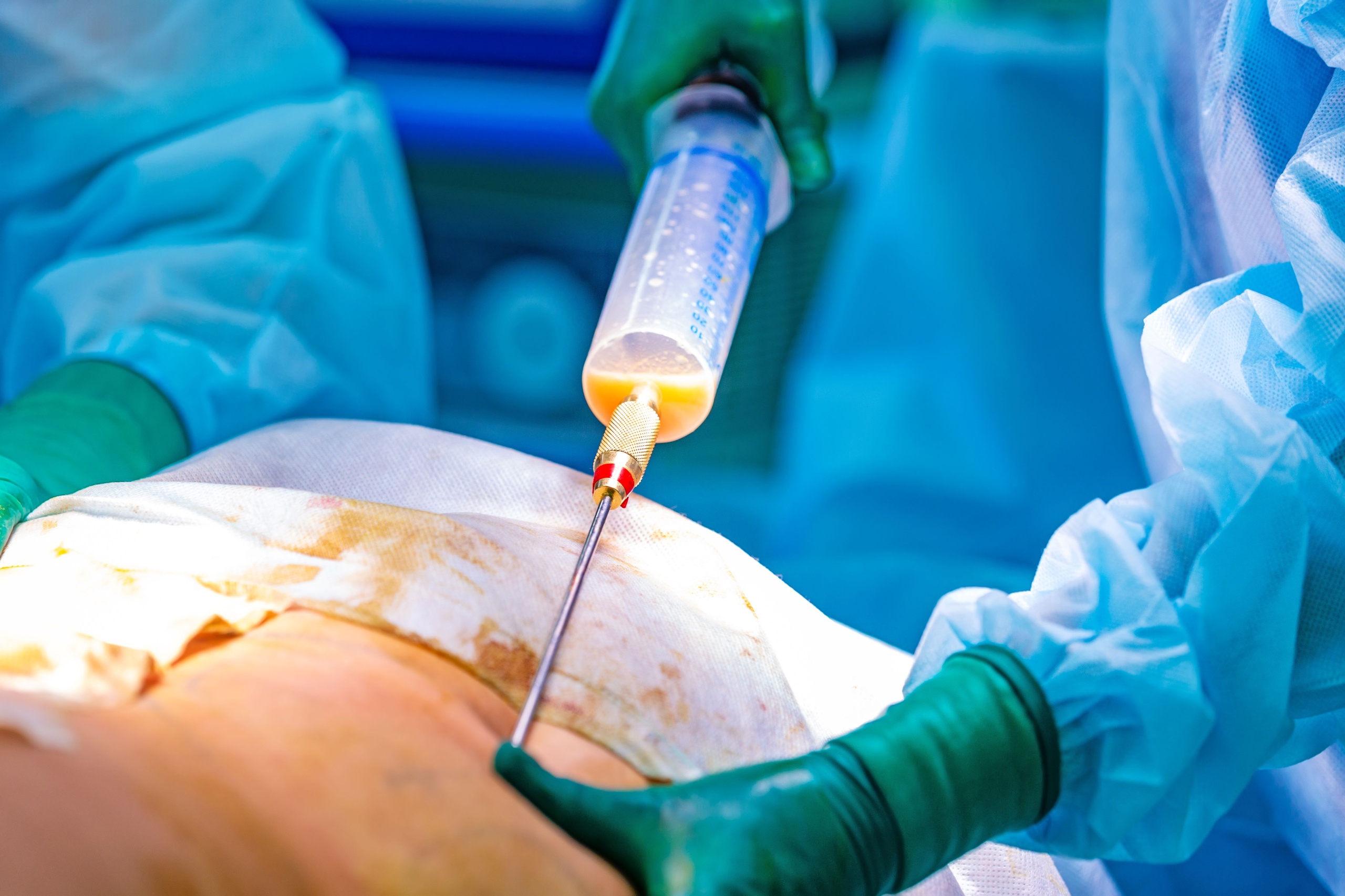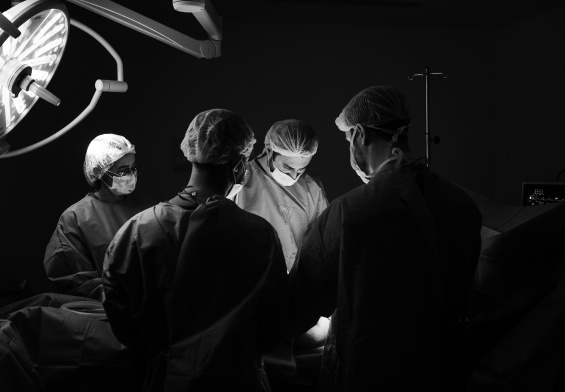Liposuction’s journey from its inception to becoming one of the most sought-after cosmetic procedures is a fascinating tale of innovation, perseverance, and technological advancement. Originating in the 1970s with Dr. Giorgio Fischer’s pioneering work, liposuction was initially fraught with challenges, including significant risks and limitations. These early days painted a picture of a procedure with great potential yet in dire need of refinement. The subsequent decades witnessed a remarkable transformation, as medical professionals worldwide dedicated themselves to enhancing the safety, efficacy, and versatility of liposuction, driven by a commitment to improving patient outcomes and satisfaction.
The evolution of liposuction is marked by key milestones, such as the development of the wet method by Dr. Illouz and the revolutionary tumescent technique introduced by Dr. Jeffrey A. Klein. These innovations significantly reduced the procedure’s risks, making liposuction more accessible and appealing to a broader audience. As techniques improved, so did the scope of liposuction, expanding its application beyond traditional areas to include the entire body. This period of rapid advancement not only showcased the medical community’s ingenuity but also set the stage for liposuction’s future as a cornerstone of cosmetic surgery.
The Birth of Liposuction
The inception of liposuction can be traced back to the efforts of Dr. Giorgio Fischer in the 1970s, who, alongside French physicians Fournier and Illouz, pioneered the original form of the procedure. However, the early years of liposuction were marred by challenges, including excessive bleeding and unsightly skin rippling, attributed to the “dry” method employed at the time. These initial setbacks highlighted the need for advancements in technique and technology to mitigate risks and improve patient outcomes.
Revolutionary Techniques: The Wet and Tumescent Methods
The landscape of liposuction began to change with the introduction of the “wet” method by Dr. Illouz, a French surgeon. This technique, involving the injection of saline solution into the treatment area, significantly reduced blood loss and facilitated easier fat removal. The most groundbreaking development, however, came in the mid-1980s with California dermatologist Dr. Jeffrey A. Klein’s invention of the tumescent technique. By adding lidocaine, an anesthetic, to the injected solution and utilizing a smaller cannula, this method allowed liposuction to be performed under local anesthesia, minimizing bleeding and the risk of skin depressions.
Advancements in Technology: Ultrasound-Assisted Liposuction
The late 1990s witnessed the introduction of ultrasound technology to liposuction, offering a new way to liquefy fat cells before removal. Despite initial success, the technique faced setbacks due to complications, leading to mixed reactions among plastic surgeons. However, the potential of ultrasound-assisted liposuction, with its ability to target fat cells while minimizing damage to surrounding tissues, encouraged continued exploration and refinement of the technology.
The Modern Era: Continuous Innovation
Recent years have seen further technological advancements, giving plastic surgeons more precise tools, such as the tipped probe for inducing thermal lipolysis. These innovations have made liposuction more efficient, with reduced blood loss, discomfort, and risk. Additionally, the concept of autologous fat transfer, where expelled fat is reused as a natural filler, represents a significant step forward, demonstrating liposuction’s versatility beyond mere fat removal.
Liposuction Beyond the Abdomen
While liposuction is often associated with abdominal contouring, its application extends to various body parts, including the face, neck, hips, thighs, knees, legs, ankles, breasts, calves, and arms. This versatility underscores liposuction’s role as a comprehensive solution for body sculpting, capable of addressing multiple areas to achieve a harmonious aesthetic result.
The Role of In-Home Care in Liposuction Recovery
As liposuction techniques have evolved, so too has the approach to post-operative care. In-home care services have become an integral part of the recovery process, offering personalized support tailored to each patient’s needs. These services ensure that patients receive the necessary care and guidance to navigate the recovery phase comfortably and safely, enhancing the overall liposuction experience. From managing post-surgery discomfort to monitoring healing progress, in-home care professionals play a crucial role in achieving optimal outcomes.
Conclusion: Looking to the Future
As we reflect on the history of liposuction, it’s clear that the procedure’s evolution is a testament to the dynamic nature of cosmetic surgery. From its humble beginnings to the sophisticated practice it is today, liposuction has undergone a transformation that mirrors the broader trends in medical innovation and patient care. The introduction of technologies like ultrasound-assisted liposuction and the concept of autologous fat transfer highlight the procedure’s growing versatility and its potential to offer more personalized, effective treatments. These advancements not only enhance the physical outcomes of liposuction but also contribute to a more positive and empowering experience for patients.
Looking forward, the future of liposuction appears bright, with ongoing research and technological developments promising to further refine and expand its capabilities. The integration of in-home care services into the recovery process exemplifies the holistic approach to patient care that has become increasingly important in cosmetic surgery. This personalized support ensures that the journey to achieving one’s aesthetic goals is as comfortable and successful as possible, highlighting the importance of not just the procedure itself but also the care that follows. As liposuction continues to evolve, it remains a symbol of the possibilities that arise when innovation meets patient-centered care, promising a future where cosmetic enhancement is safer, more effective, and more accessible than ever before.




